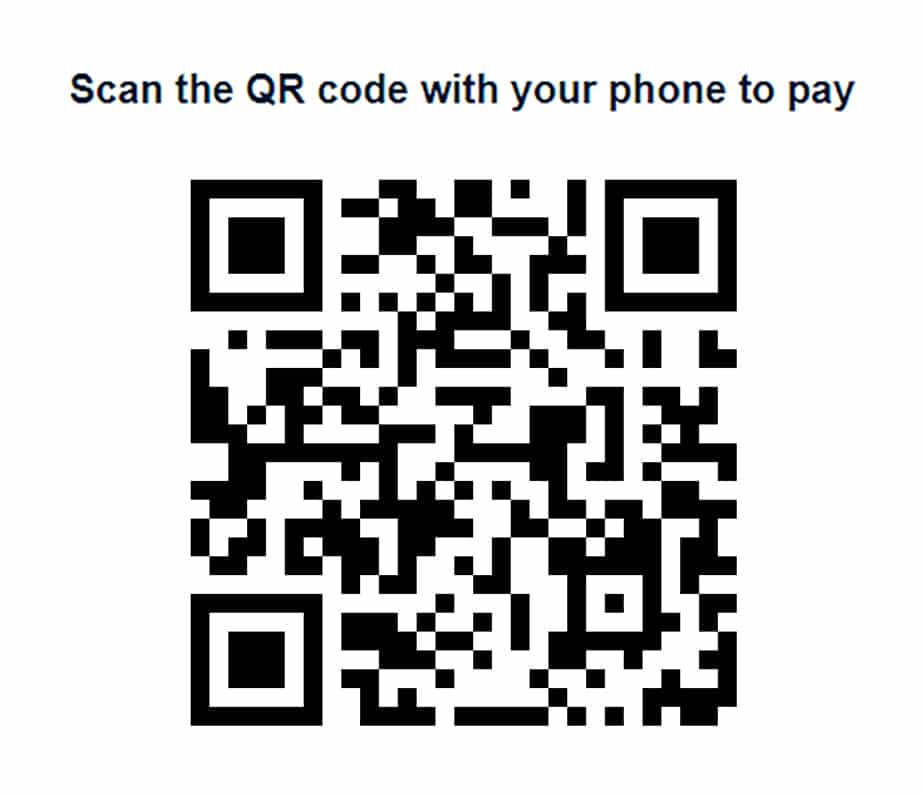In the complex world of military regulations, drug testing standards hold significant importance in maintaining discipline and fitness among service members. As you navigate through the intricacies of these regulations, it’s essential to have a clear understanding of military drug test cutoff levels. This article will touch on the various facets of these guidelines, helping you comprehend their implications and the science behind them.
Drugs Commonly Tested in the Military
The spectrum of drugs tested in military drug tests is comprehensive, reflecting the broad range of substances that could impair a service member’s ability to perform their duties. Commonly tested drugs include stimulants like amphetamines and methamphetamine; narcotics such as heroin, morphine, and other opiates; synthetic opioids like fentanyl; depressants including benzodiazepines; hallucinogens like LSD; and cannabis, among others.
Drugs Commonly Tested in the Military
The spectrum of drugs tested in military drug tests is comprehensive, reflecting the broad range of substances that could impair a service member’s ability to perform their duties. Commonly tested drugs include stimulants like amphetamines and methamphetamine; narcotics such as heroin, morphine, and other opiates; synthetic opioids like fentanyl; depressants including benzodiazepines; hallucinogens like LSD; and cannabis, among others.
What Are Drug Test Cutoff Levels?
Drug test cutoff levels are specific thresholds established to determine when a drug test should be considered positive, indicating the presence of a drug or its metabolites in an servicemember’s system. These levels are meticulously set to ensure accuracy and consistency across testing platforms, minimizing the chance of false positives, which could have severe implications for military personnel. The primary goal of setting these thresholds is to identify substantial, deliberate drug use rather than incidental exposure, which might occur through passive inhalation or contact with drug residues.
In the military, where the consequences of a positive drug test can include severe disciplinary action including a court-martial or involuntary separation, the accuracy of these cut off levels is paramount. They are calculated based on extensive research and statistical analysis of drug metabolism, ensuring that they reflect a level of drug concentration that allows the military to presume a servicemember intentionally used a controlled substance.
Why Are Cut Off Levels Important?
Cut off levels in military drug testing are vital for maintaining a fair and effective enforcement of drug policies. They ensure that personnel are neither wrongfully accused based on inaccurate or trivial findings nor overlooked if they are indeed engaging in substance abuse.
The Science Behind the Testing
The methodology behind drug testing in the military is rooted in advanced scientific techniques that prioritize accuracy and reliability. Laboratories use sophisticated equipment like gas chromatography and mass spectrometry to identify and quantify substances in blood, urine, or other biological samples. These methods are chosen for their high sensitivity, allowing them to detect trace amounts of drugs, yet they require precise calibration to distinguish between near-threshold levels and definite positive results.
Do I Have a Defense Against a Positive Drug Test?
Yes, you do. Sorting through the complexities of military regulations can often be challenging, but with experienced counsel from Crisp and Associates, LLC, you can fight to keep your career. Our firm is dedicated to guiding service members through the intricacies that impact their careers and daily lives. Discover how our services can benefit you as you face the various challenges of military life, helping to secure your peace of mind and professional future. We have employed various strategies such as performing our own independent testing, employing chemical forensic experts to evaluate the underlying data in the testing process and examining the lab errors rates, among many other things.

